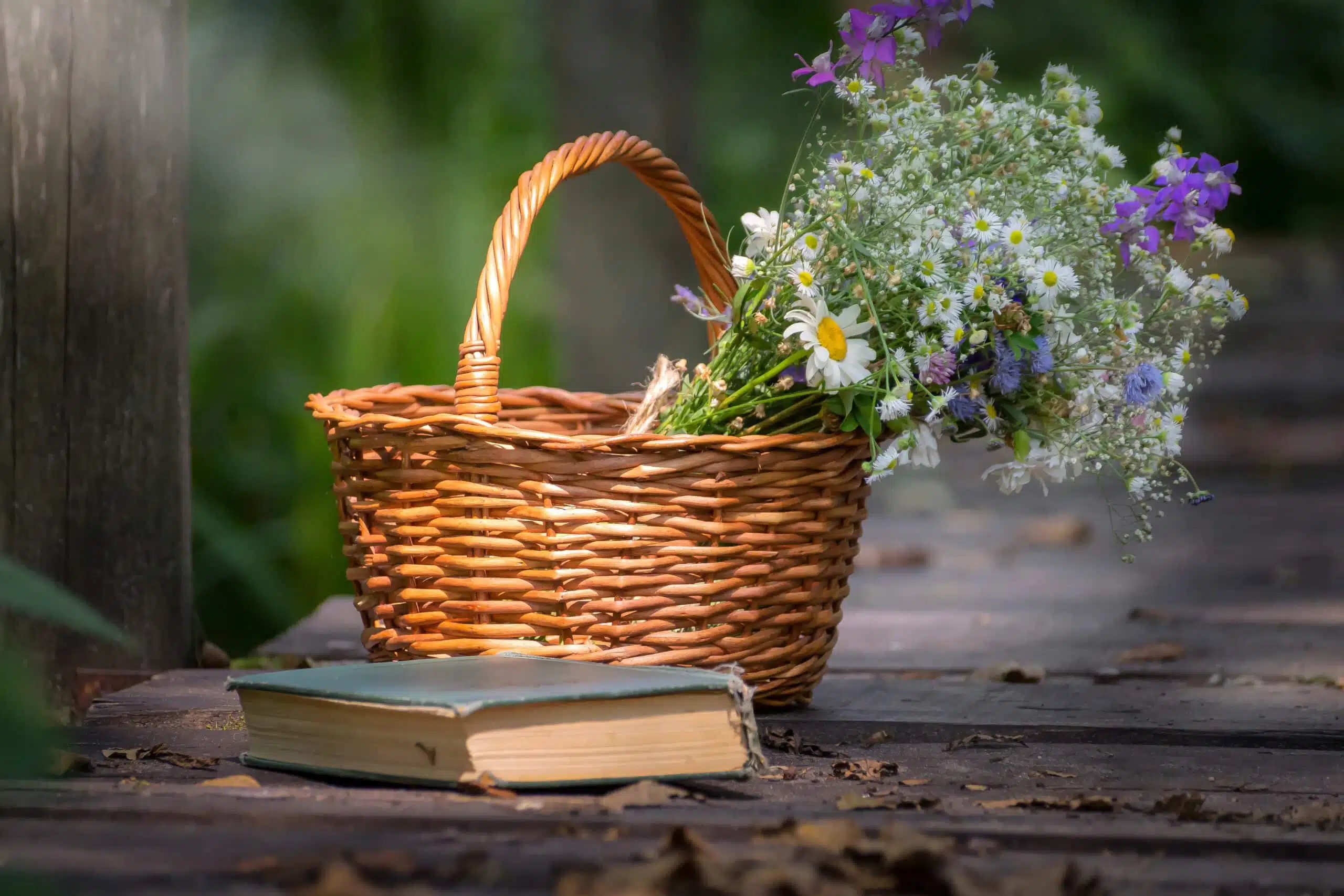Here’s what the Mistress Bradstreet Stanza poetry form is:
The Mistress Bradstreet Stanza is a form that gets its name from John Berryman’s Homage to Mistress Bradstreet, a 57-verse poem written entirely in octaves.
The form uses an abcbddba rhyme scheme, with stress counts of 5/5/3/4/5/5/3/6.
It hasn’t seen much experimentation since its introduction.
So if you want to learn all about the Mistress Bradstreet Stanza poetry type, then you’ve come to the right place.
Let’s get right to it!
- McWhirtle Poetry Form: Find Fun from the Mundane
- Confessional Poetry Form: Speak Heart’s Truth
- Slam Poetry Form: Speak Bold Beats
- Trenta-Sei Poetry Form: Light Up Emotional Tales
- Vocabularycleft Poetry Form: Be a Jumble Genius
- Terzanelle Poetry Form: Spin Hopes in Notes
- Bop Poetry Form: Untie Knots of Life’s Trials

Forms of Poetry: The Mistress Bradstreet Stanza

The Mistress Bradstreet Stanza gets its hilarious sounding name from the first poem that ever employed the form, Homage to Mistress Bradstreet by John Berryman, a 20th century American poet.
Berryman was particularly inspired by the poetry of W. B. Yeats and attributes the concept behind this form to a lifetime of studying Yeats’ poetry.
Despite having the most charming name of any form I’ve yet seen, the Mistress Bradstreet Stanza isn’t especially popular as a poetic form.
In fact, the only examples I could find were the original poem and examples made specifically for some articles documenting the form.
Basic Properties of the Mistress Bradstreet Stanza

| Rhyme Structure | Strict |
| Meter | Substitutes stress counts |
| Origin | 20th century America |
| Popularity | Rarely Used |
| Theme | Varies |
How Is a Mistress Bradstreet Stanza Structured?

The Mistress Bradstreet Stanza, which I’ll henceforth be referring to as “The MBS” to protect my fingers, is an octave (eight line stanza) featuring an abcbddba rhyme scheme.
The lines have stress counts of 5/5/3/4/5/5/3/6, meaning there will be five stressed syllables on the first line, five on the second, and so on.
In practice, this usually means that the lines will have syllable counts of 10/10/6/8/10/10/6/12, since English poetry heavily favors disyllabic meters.
The penultimate rhyme sound can be ‘c’ instead of ‘b’ occasionally.
Other than that, the MBS has no more specific restrictions.
There are no refrains, no limit to the number of octaves per poem, and no specific techniques expected in the poem beyond rhyme scheme and beat.
In fact, the first poem ever written in the form had a whopping 57 verses. A 456-line poem is a fairly extreme way to introduce a new structure, but there we have it.
Example of a Mistress Bradstreet Stanza

from Homage to Mistress Bradstreet by John Berryman
The Governor your husband lived so long
moved you not, restless, waiting for him? Still,
you were a patient woman.
I seem to see you pause here still:
Sylvester, Quarles, in moments odd you pored
before a fire at, bright eyes on the Lord,
all the children still.
‘Simon …’ Simon will listen while you read a Song.
What better example than the original poem?
As you can see, the verses end up having an unusual asymmetry to them, especially apparent on the shortest lines.
Take note that while Berryman rhymes “still” with itself…twice, you don’t need to repeat end words, and probably shouldn’t since modern poets tend to frown on rhyming a word with itself.
The form reminds me of the passing of the many, many Celtic forms that I’ve studied for this series, though it’s definitely far less technical.
This makes sense when you think about it since Berryman’s favorite poet was an Irishman.
While the MBS can be extremely long, if you so choose, you only really need to understand the structure of one octave to have some idea of how to approach the rest of the poem.
They might flow into each other in enjambment from time to time, but structurally each stanza is an independent entity that need not carry over rhyme sounds from one to the next.
Tips for Writing a Mistress Bradstreet Stanza

While the MBS doesn’t necessarily demand a specific meter, I tend to choose one to stick with anyway.
Iambic feels the most natural, while trochaic can be a nice change of pace.
By writing in meter, you alleviate the annoyance of counting your stresses on each line manually and can instead just treat the lines as having specific syllable counts, written in your chosen meter.
You’ll find that disyllabic words lend themselves especially well to the form since there will typically be one stressed and one unstressed syllable in the word.
That’s not to say that you shouldn’t employ a smattering of longer and shorter words, but when you start chiseling at the lines in editing you’ll often find yourself looking for two-syllable adverbs and adjectives to smooth out the wrinkles.
The rhyme scheme is just awkward enough to not really lend itself to memory, so it would be best to keep the sequence written nearby somewhere.
The ending, in particular, feels strange at first since it jumps back to the first few end sounds with unusual timing.
The form itself isn’t exactly ‘hard’ so much as it is ‘unusual.’
It came about from a very formative time in poetry’s history when some poets were writing forms inspired by the formal poetry of the past while others were setting the groundwork for the more unrestrained poetry of the modern era.
Poet’s Note

I don’t love the Mistress Bradstreet Stanza, but I don’t hate it.
It’s easy to see at a glance why it’s sometimes but only sometimes talked about.
Interesting name, and competent form, but nothing about it really stands out against the backdrop of a thousand other options for poets to turn to.
Comprehensive Collection of Poetry Forms: Craft Words Into Art

Dare to traverse the entire spectrum of poetic forms, from the commonplace to the extraordinary?
Venture from the quintessential Sonnet to the elusive Mistress Bradstreet stanza, right through to the daunting complexity of Cro Cumaisc Etir Casbairdni Ocus Lethrannaigecht.
For those with a zeal to encounter the full breadth of poetry’s forms, this invitation is yours.
Start exploring the vast universe of poetic ingenuity with our comprehensive array of poetry forms right now!
- McWhirtle Poetry Form: Find Fun from the Mundane
- Confessional Poetry Form: Speak Heart’s Truth
- Slam Poetry Form: Speak Bold Beats
- Trenta-Sei Poetry Form: Light Up Emotional Tales
- Vocabularycleft Poetry Form: Be a Jumble Genius
- Terzanelle Poetry Form: Spin Hopes in Notes
- Bop Poetry Form: Untie Knots of Life’s Trials
